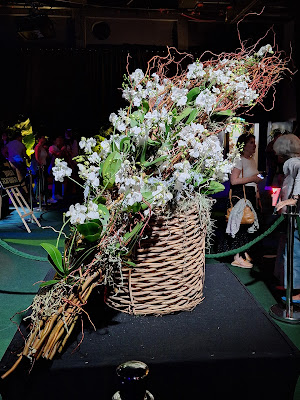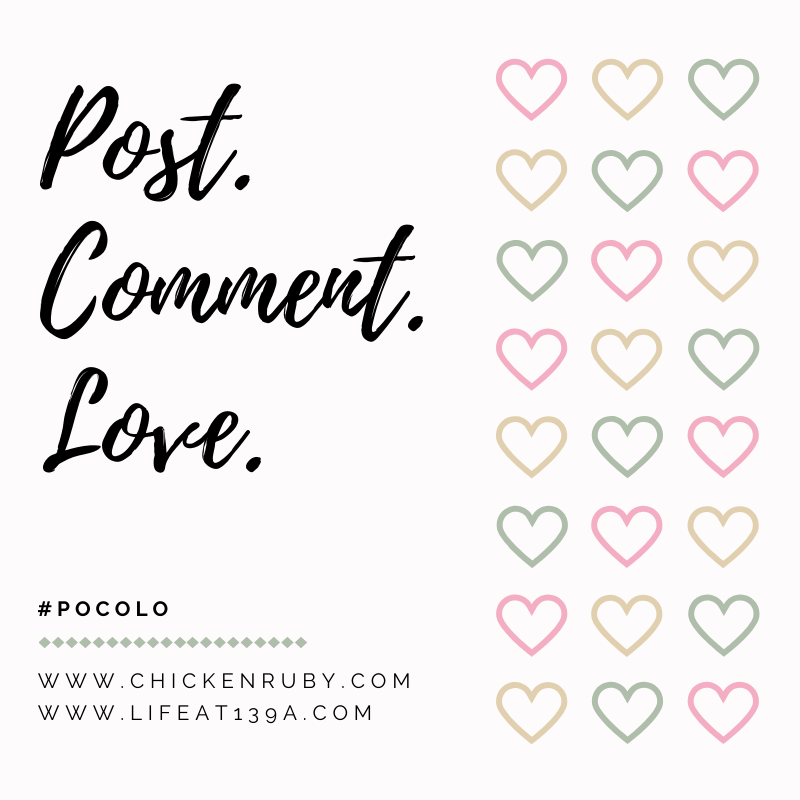Anu tells the ongoing story of the Jewish people, celebrating and
exploring the experiences, accomplishments and spirit of the Jewish
community from biblical times to the present day. The museum offers three floors of new exhibition galleries, a
children's gallery and a rotating schedule of temporary exhibitions.
On the floor below, titled "The Journey - The Jewish Story Through Time", we learnt the story of the Jewish people from antiquity to the present day. This story recounts periods of growth, prosperity and flourishing cultural dialogue, but also times of pogroms and persecution. I found the poem above, in the section about the Holocaust, particularly moving.
The first floor, titled "Foundations - a Common Core, a Universal Message" presents the foundations of Judaism, including Jewish practice, beliefs and traditions, and the Bible and its influence on world culture. In May 2023 the Codex Sassoon 1053 was purchased on behalf of the American Friends of Anu for $38.1 million, making it one of the most expensive manuscripts ever sold. It is the oldest most complete Bible, containing all 24 books of the Tanakh, and is now displayed permanently on the "Foundations" floor of the museum. It is not every day that we get to see a book that is over 1,100 years old!Another exhibition promotes Jewish humour. Mister Handmade in Israel spent, ahem, quite some time watching episodes of Seinfeld in the replica of Jerry's living room!
We ended our visit to the museum at the temporary exhibition "October Seventh". The exhibition curates works by 25 artists whose creative activity reflects the atrocious times Israeli society is facing since 7th October. Some of them are living artists, some deceased - either murdered on 7th October or fallen during the ongoing war. Others are residents (or former residents) of the southern areas, who suffered the loss of their loved ones, their homes, or whose families were affected by the horrors of the massacre.
In the days following the Hamas attacks of 7th October, Anu reacted immediately, inviting evacuees from the north and south into its Tel Aviv location, offering workshops and a space to just hang out. Then, when Orit Shaham-Gover, the museum's chief curator, was contacted by a relative of then-hostage Raz Ben Ami about her artwork (Ben Ami was released at the end of November while her husband, Ohad, remains a captive), she took a drive to get Ben Ami's works. Along with art by Inbar Heiman, known in the international graffiti artist community as Pink, who was murdered in Hamas captivity, and several others, she created an installation in the museum's lobby.
Anyone who walked through the doors of the museum saw those artists' works but Shaham-Gover felt it wasn't enough, and the exhibit, "October Seventh", was born. It will remain in place at Anu until at least 7th October this year.
The exhibition includes pieces by artists who experienced the 7th October attacks from both near and far, before and after 7th October. There is a work by Haim Maor about Kibbutz Be'eri resident and curator Sophie Berzon Mackie, as she sent out frantic messages about the terrorists in the kibbutz, which he later gathered into a kind of collage that focuses on her stress.
Leeor Shtainer mourns her two nieces killed at the Nova music festival, while directly across is the diary of Keren Shpilsher, who drew daily what she was watching on the screens and has filled six diaries so far.
There are drawings by Jonathan Chazor, a young soldier killed in Gaza. Perhaps the most painful is a lifelike picture of a dog that he drew on a school blackboard while fighting in Gaza. On another wall is the red-stained works by Ziva Jelin, Be'eri resident and artist, whose works were torn up by shrapnel during the Hamas onslaught.
There are drawings by Jonathan Chazor, a young soldier killed in Gaza. Perhaps the most painful is a lifelike picture of a dog that he drew on a school blackboard while fighting in Gaza. On another wall is the red-stained works by Ziva Jelin, Be'eri resident and artist, whose works were torn up by shrapnel during the Hamas onslaught.
There is also the vivid, striking video work of photographer Roee Idan, below, killed in one of the horrifying terrorist attacks of that morning near his home in Kibbutz Kfar Aza. His images were among some of the first that captured the attacks on that morning, as he photographed Hamas attackers flying through the air on motorized paragliders before being killed.
A playlist of songs to accompany the exhibit could be heard in the background, with works by Matti Caspi, Eviatar Banai, Idan Amedi, Shlomo Artzi and many others. Their tunes offer a different meaning and form of consolation after the attacks of 7th October.
Finally, a reel of photos played silently, showing soldiers fighting in the kibbutzim, the many funerals and burials, the rallies for the hostages and the faces of their family members.
"October Seventh" is a snapshot of how artists are responding to 7th October. It was a meaningful way to end our visit to Anu – Museum of the Jewish People.
"October Seventh" is a snapshot of how artists are responding to 7th October. It was a meaningful way to end our visit to Anu – Museum of the Jewish People.
* This post has been shared on The Good. The Random. The Fun., Wordless Wednesday (on Tuesday), Tuesday Turn About Link Party and My Corner of the World.























.png)







































































